

Dr. Harsh K Gupta is India’s pre-eminent earth scientist and seismologist. Currently, member, Atomic Energy Regulatory Board (AERB) and president of the Geological Society of India, Harsh Gupta had the honour of leading India’s third scientific expedition to Antarctica in 1983- 1984.
The third expedition is special as it made the towering achievement of building a permanent research station in Antarctica named Dakshin Gangotri. It was accomplished in a record time of one Antarctic summer and the unbroken record still remains.
The event is well narrated in Dr. Gupta’s latest book, “Building Dakshin Gangotri At Antarctica: A Miracle.” The book was released in New Delhi recently by NN Vohra, president, India International Centre (IIC) and a former Governor.
In an interview, Dr. Gupta speaks to G. Kalyan Kumar, Editor of Business Views on the book, and shares many aspects of the Antarctic expedition, plus his views on harnessing India’s potential for advanced scientific research.
Dr. Gupta is also renowned for his role in setting up India’s Tsunami Warning System after the devastating Tsunami struck India in 2004. Padmashri Gupta has also been the Secretary of the Department of Ocean Development, Government of India.
Excerpts…
What was the inspiration to write this book after almost three decades of the Third Antarctica expedition?
The year 2021 marks the 30th year of India’s first Antarctic expedition in 1981. It is also the 60 the year of CSIR and 40 years of the Department of Science and Technology.
These commemorative years are apt backdrops to recall our scientific strides that also include the setting up of India’s scientific research station “Dakshin Gangotri” built in record time.
What made Dakshin Gangotri unique in the 80s compared to Antarctica projects of other nations?
No other country had set up a wintering station at Antarctica in one Antarctic summer and could populate it. We made the record in 1983/84 and it still holds.
What was the mandate of the Third Indian Expedition led by you in addition to establishing the wintering scientific research station?
There were several field experiments and observations mandated in addition to setting up a Wintering Station. They included the following
• Meteorological observations
• Oceanographic observations in the Polynya and southwest Indian/Antarctic Ocean
• Study of Antarctic Phytoplankton
• Microbiological studies in the Schirmacher Oasis
• Magnetic characteristics of the geological contacts
• Geological mapping of Schirmacher Range
• Satellite communication in Antarctica
• Study of Dakshin Gangotri ice-shelf
Can you please share details of the third expedition’s team in terms of size, starting point, and key dates of the mission plus some idea about the project materials, logistics to execute the base station project?
Our team has 81 members including 12 wintering team members. The expedition ship Finnpolaris, started from Goa on 3rd December 1983 and returned to Goa on the 29th March 1984.
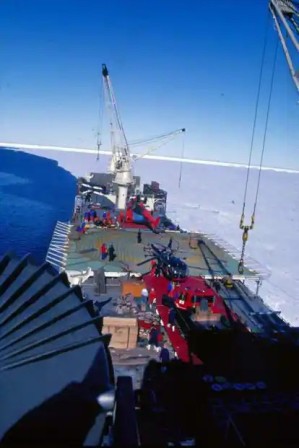
The ship carried building material for constructing a double-storeyed scientific research station to accommodate 12 Wintering Team members equipped with power generation, heating, toilets, kitchen, laboratories, medical room, gymnasium, snowmelt tank, communication, among others.
The total weight of the material carried was about 1000 tons. The team also took 1000 barrels of oil. Two MI-8 and Chetak helicopters and 2 Piston Bulleys were also part of the support system. The helicopters had to ferry the construction materials from the ship to the site.
Dakshin Gangotri was built in 8 weeks and a crowning achievement indeed. What were the challenges and unforeseen difficulties faced by you and your team in executing the project within time?
The biggest unforeseen difficulty was the MI-8 helicopter crash on 29 December 1983, just after three days of anchoring Finnpolaris, the ship, in the fast ice of Antarctica.
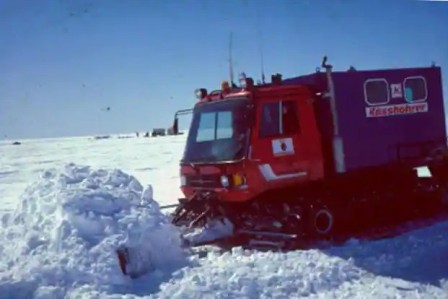
The helicopter was similar to the one that crashed on 8 December 2021. See, what happened! However, we were able to save all the 5 occupants, the helicopter of course sank.
Luckily, it did not crash on the ship (with 1000 barrels of oil on the ship, we would have perished), nor did it crash on an ice sheet (then all the occupants could have been killed).
It crashed in the water and turned turtle. The 5 occupants could come out because of the plexiglass window provided in the fuselage of the helicopter.
Can you share the design plan of the ambitious research station that the Antarctic team set out to build up?
We completed the double story structure on an area of 620 sq. m. raft foundation or reinforced concrete slabs along with pre-fab structures. As for equipping the building, there was a dilemma whether the station would last the whole year and the 12 Wintering Team members could survive. When we contacted Delhi for its guidance, the reply was that you are at the spot and decide whatever you feel appropriate.
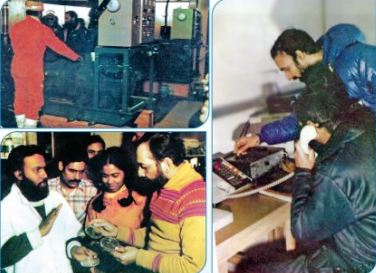
The final decision was taken after a blizzard hit us on 25 February 1984, while I and other team members were at the station. Despite the huge speed of the blizzard, the station survived and there were only minor problems. It gave me the confidence to populate the station for the winter. However, until everyone came back healthy and happy I had concerns about their safety.
How far was the then Government led by Prime Minister Indira Gandhi had been supportive of the ambitious mission that had many hiccups?
When the mission was on, the government agencies including defence were in constant touch and gave all the encouragement to take spot decisions depending on the exigencies.
The support and encouragement bolstered our determination to set up the base despite official estimates putting the probability of succeeding in the project at a slender 15 percent.
Finally, against all odds, we achieved the ‘miracle’ of building Dakshin Gangotri thanks to the steadfast commitment of the team.
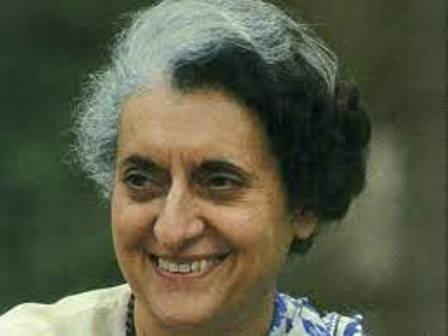
I still remember the surprise we had when PM Indira Gandhi spent almost two hours with us, going beyond the allocated time of 30 minutes when we were called for a presentation at the Vigyan Bhavan after the expedition. As the presentation progressed, the PM sounded very appreciative of the Dakshin Gangotri’s success and quizzed us about several aspects of the programme and the follow-up actions we had to take.
In what way Dakshin Gangotri has helped India in improving weather predictions and preparedness for natural disasters?
Our weather forecast capabilities have improved vastly. Today we can understand better how to face ice/snow blizzards.
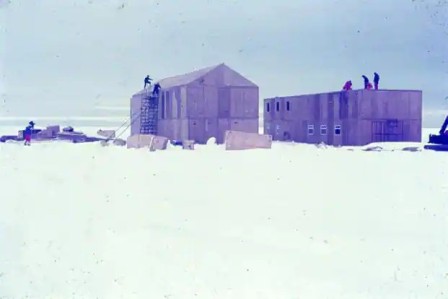
Do you think, the book will inspire the scientific fraternity and project leaders in chasing their dream projects?
Projects have to be pursued with total commitment and excellent teamwork. There is nothing that we Indians can not do. What we need is determination, proper planning, and timely execution. I believe that ample support is always available for any scientific/technological project if they are properly planned and convincingly presented with a viable strategy towards execution.



